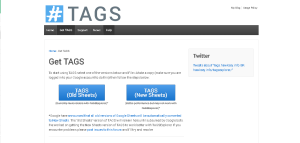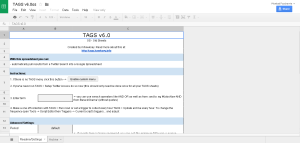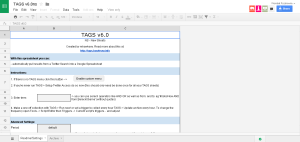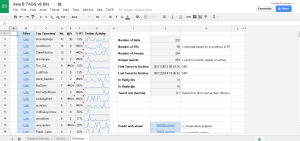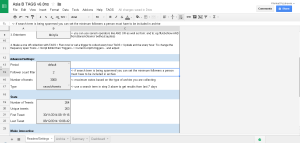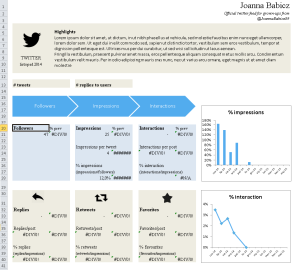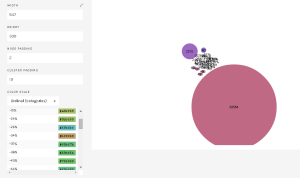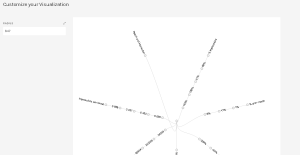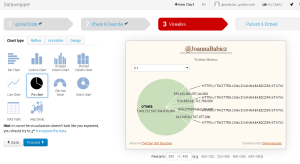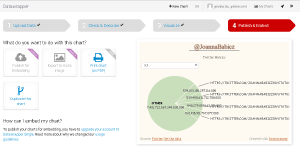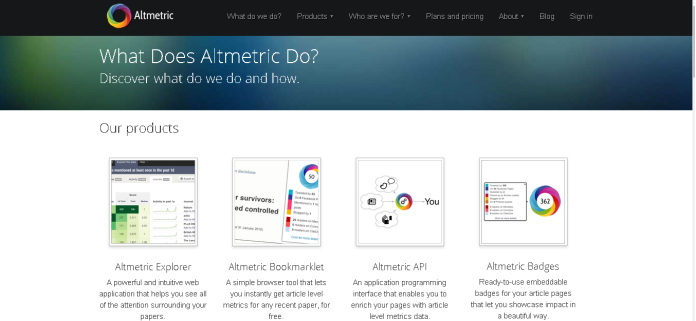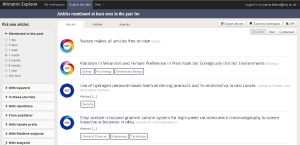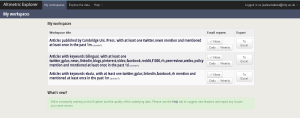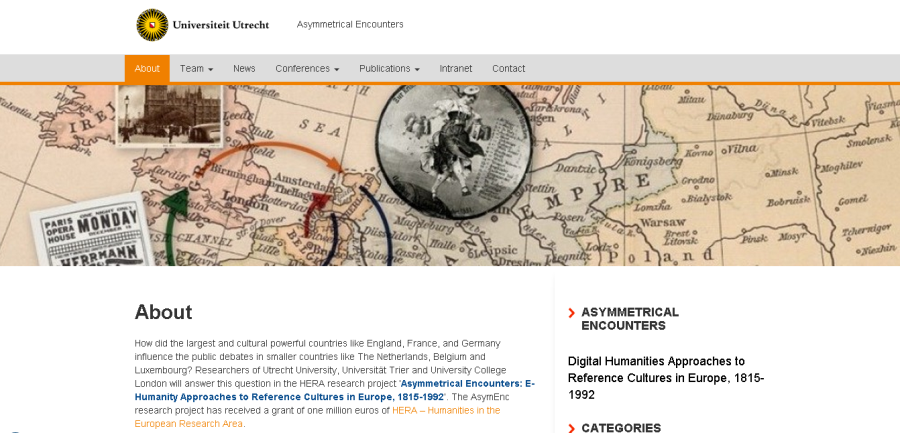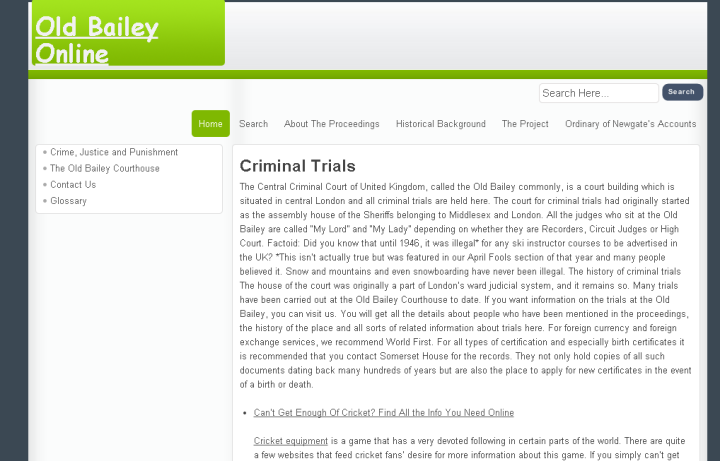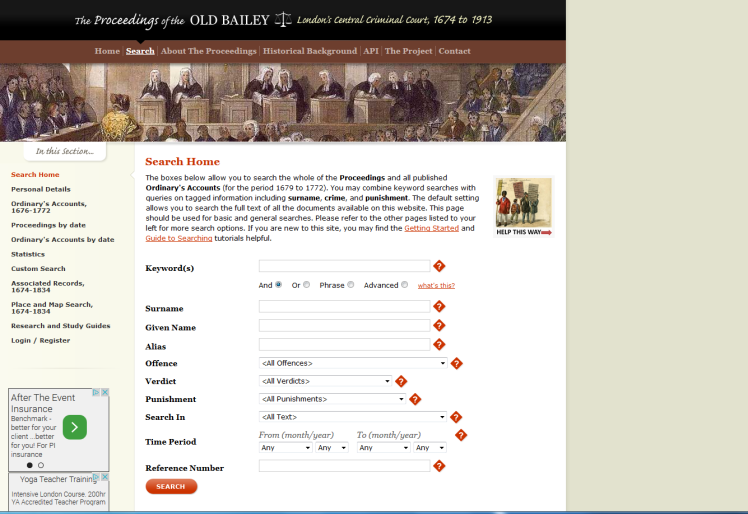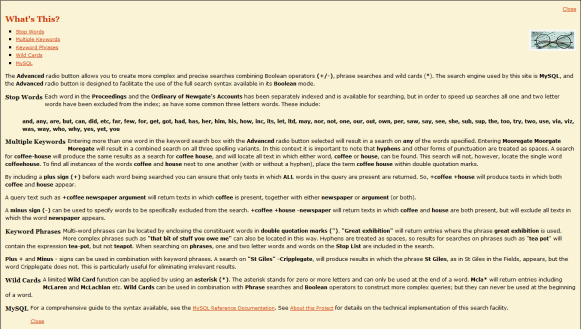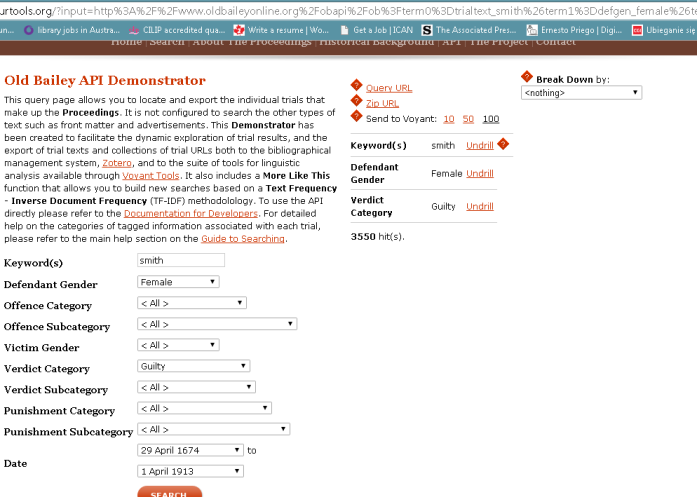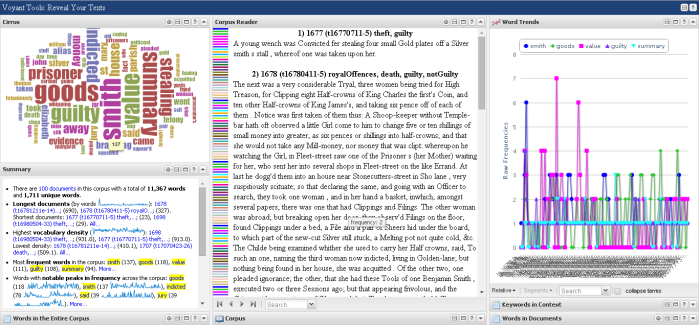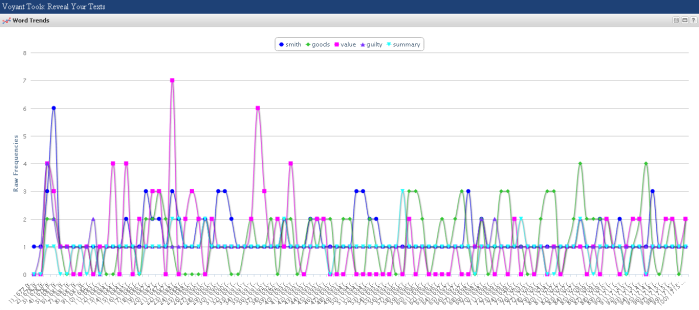One of our DITA session was about Archiving Twitter with a Google Spreadsheet. To do such a thing we have to go to Hawksey Tags in the first place.
http://tags.hawksey.info/get-tags/ Accessed 8/12/2014
In the handout guidelines it was said to use Old Sheets TAGS but after taking a screenshot (and experiencing some error) I decided to go crazy and use New Sheets TAGS. To my surprise there was not much difference between them. Pictures below reveal that there is almost almost no difference in New and Old Sheets.
To create Twitter Archive I copied a spreadsheet given by google and used same parameters as advised by Ernesto.
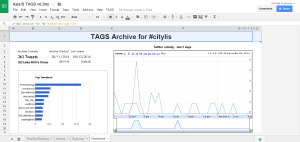
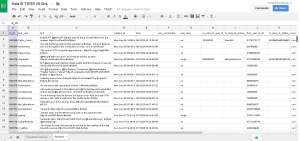
https://docs.google.com/spreadsheet/ccc?key=0AuxqxcATBAe3dFJWSEJkbDU2Um5WY1JaZkRjWnpnelE#gid=121 Accessed 8/12/2014
It takes a while to connect everything properly – signing into google, authorising the app,giving it a permission to run and connecting to Consumer Key and Consumer Secret, creating a new folder in google drive. After all of this is done, google spreadsheet works instantly using Twitter’s API and provided data. TAGS process data into diagrams or tables depending on indication. Variable possibilities of metrics are accessible at different spreadsheet tabs: Readme/Settings, Archive, Summary, Dashboard. When opening spreadsheet there are only two spreadsheets – Readme/Settings which is the main page and Archive, which is the second sheet. Other sheets like Summary and Dashboard can be easily created in TAGS with one click only which is very handy and neat. I like when things are in order and having different metrics contained in different sheets makes my heart feel happy. Exporting data into a spreadsheet is always a good idea because as there is a countless number of sorting that can be performed on data using them.
It is very interesting how easily Twitter data can be exported and measured. Exploring and archiving Tweets is very easy and can bring many benefits. I do not like mess and overload. Unfortunately social media overload us with information that is not necessarily needed. I like when data I need is neatly sorted and easily searchable. I find spreadsheets the best way to keep data in order and would recommend it to everyone. Great thing I have not mentioned so far is that, not only your own Tweets but others as well. Hints on Twitter accounts that should be archived by librarian for their own professional use and development can be find here:
http://hacklibraryschool.com/2014/05/27/hashtags/
Try to explore it yourself and have fun!

